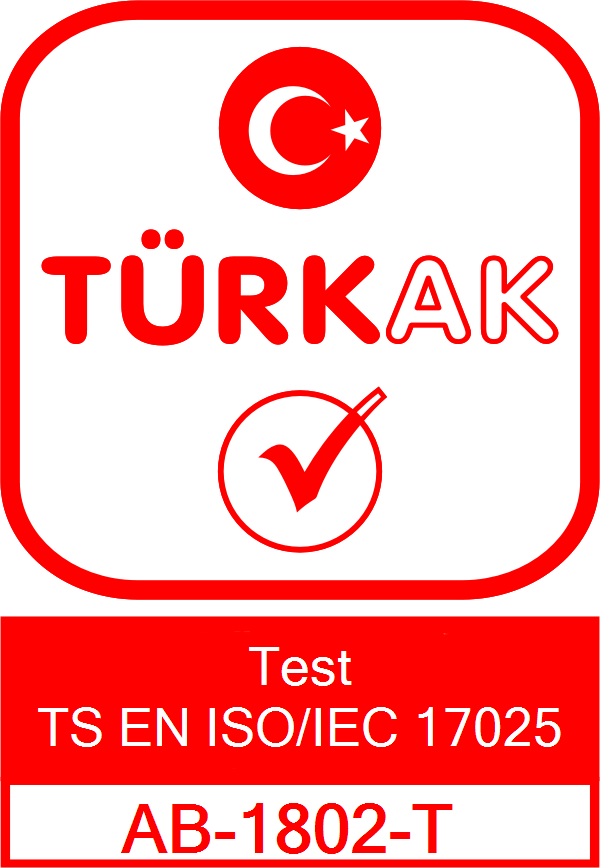
Non-Ionic Active Substance Analysis: Performance Indicators in Ecological Detergents
Non-Ionic Active Substance Analysis: Performance Indicators in Ecological Detergents
Contents
In the era of sustainable consumption, ecological detergents have become a key focus for both manufacturers and consumers. But how can we verify that these products are as effective as their chemical-heavy counterparts? One of the most important criteria is the non-ionic active substance analysis, which reveals how well a product cleans without relying on harmful ingredients.
What Are Non-Ionic Active Substances?
Non-ionic surfactants are compounds that do not carry an electrical charge in solution. Thanks to their neutral structure, they are less aggressive and more compatible with the environment. These substances play a major role in removing oily stains and are widely used in ecological and dermatologically sensitive detergent formulas.
Why Is Non-Ionic Active Substance Analysis Important?
- Performance Evaluation: It allows manufacturers to demonstrate that their green cleaning products still offer strong cleaning performance.
- Regulatory Compliance: Helps meet eco-label requirements and sustainability standards.
- Product Development: Provides R&D teams with the data necessary to fine-tune formulations.
How Is the Analysis Performed?
At TTS Laboratory, non-ionic active substance analysis is performed using titrimetric or spectrophotometric methods depending on the matrix. The method is chosen according to the physical and chemical characteristics of the sample. The analysis includes:
- Sample preparation under controlled conditions
- Detection of active components by colorimetric or UV-VIS methods
- Calculation of concentration values as percentage
What Do the Results Indicate?
A high level of non-ionic active matter indicates a strong capacity to remove organic dirt while being environmentally friendly. Ideal ratios vary depending on product type but generally fall between 2% and 15% in ready-to-use detergents. These values are critical indicators of both efficiency and biodegradability.
How TTS Laboratory Supports Manufacturers
As a reliable detergent analysis laboratory, TTS Laboratory offers expert support in analyzing non-ionic surfactants, helping brands build trust with their customers and meet green labeling criteria. From raw material selection to finished product verification, our team ensures complete traceability.
Eco-friendly doesn’t mean less effective. Thanks to non-ionic active substance analysis, ecological detergents can be optimized without compromising performance. If you're developing a sustainable product line or want to verify your detergent’s eco-performance, start your testing process today.
Frequently Asked Questions (FAQ)
1. What is the ideal range for non-ionic active matter in detergents?
It varies depending on the product, but generally between 2% and 15%.
2. Is this analysis mandatory for eco-labeling?
While not always legally required, it is strongly recommended for certification processes.
3. How long does the test take?
Results can usually be obtained within 3 to 5 business days.
4. Can this analysis be applied to raw materials?
Yes. It is applicable both for finished products and individual surfactant raw materials.

